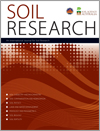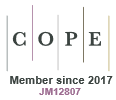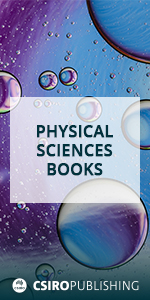SR25011Methane uptake in New Zealand planted forest soils
 , Giuliana Brambilla, Joane Elleouet, Steve J. Wakelin, Timothy J. Clough and Steve A. Wakelin
, Giuliana Brambilla, Joane Elleouet, Steve J. Wakelin, Timothy J. Clough and Steve A. Wakelin 
New Zealand’s Pinus radiata forests may play an unexpected role in fighting climate change by absorbing methane, a potent greenhouse gas. Measured methane uptake in three P. radiata forests showed that these soils act as methane sinks, absorbing, on average, 2.5–2.8 kg methane/ha annually. This highlights the potential of New Zealand forest soils to contribute to climate mitigation and underscores the need to include them in national greenhouse gas strategies.
SR25011 Abstract | SR25011 Full Text | SR25011PDF (1 MB) | SR25011Supplementary Material (707 KB) Open Access Article




